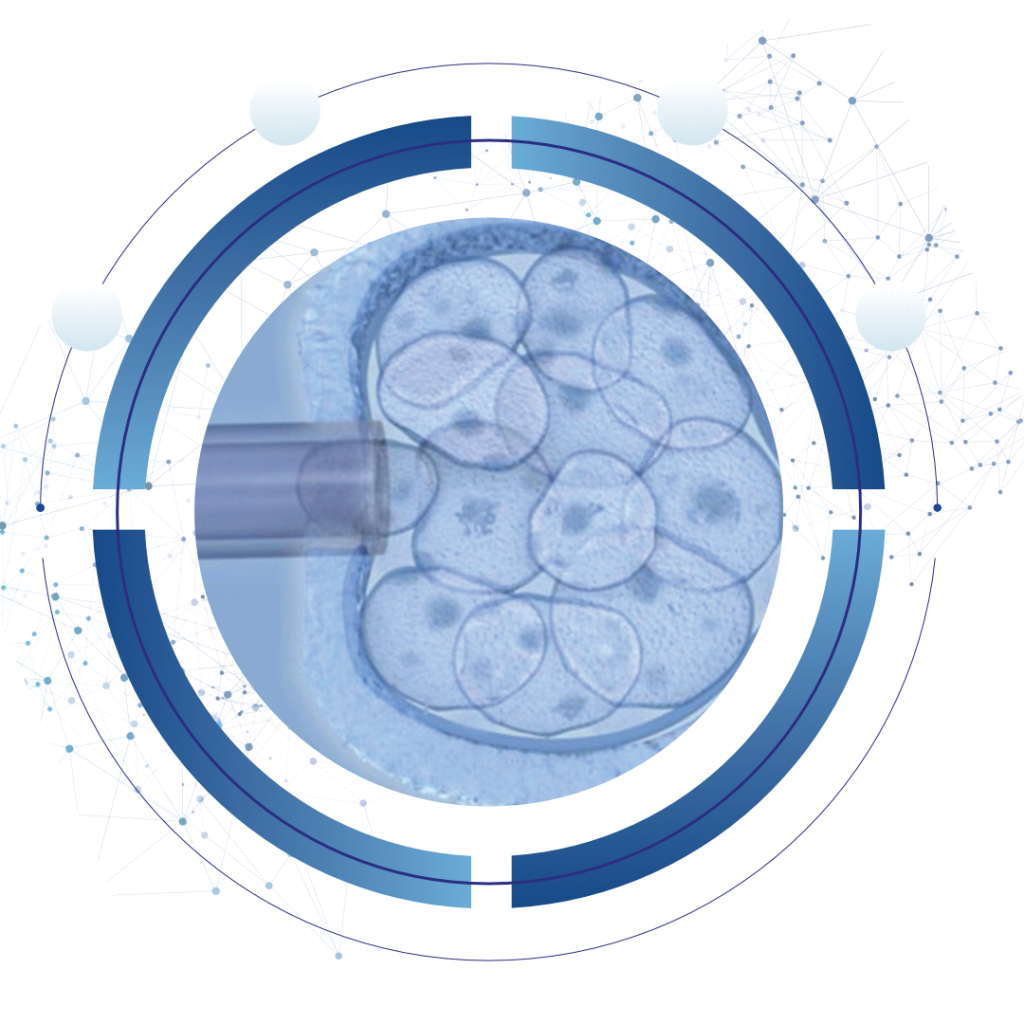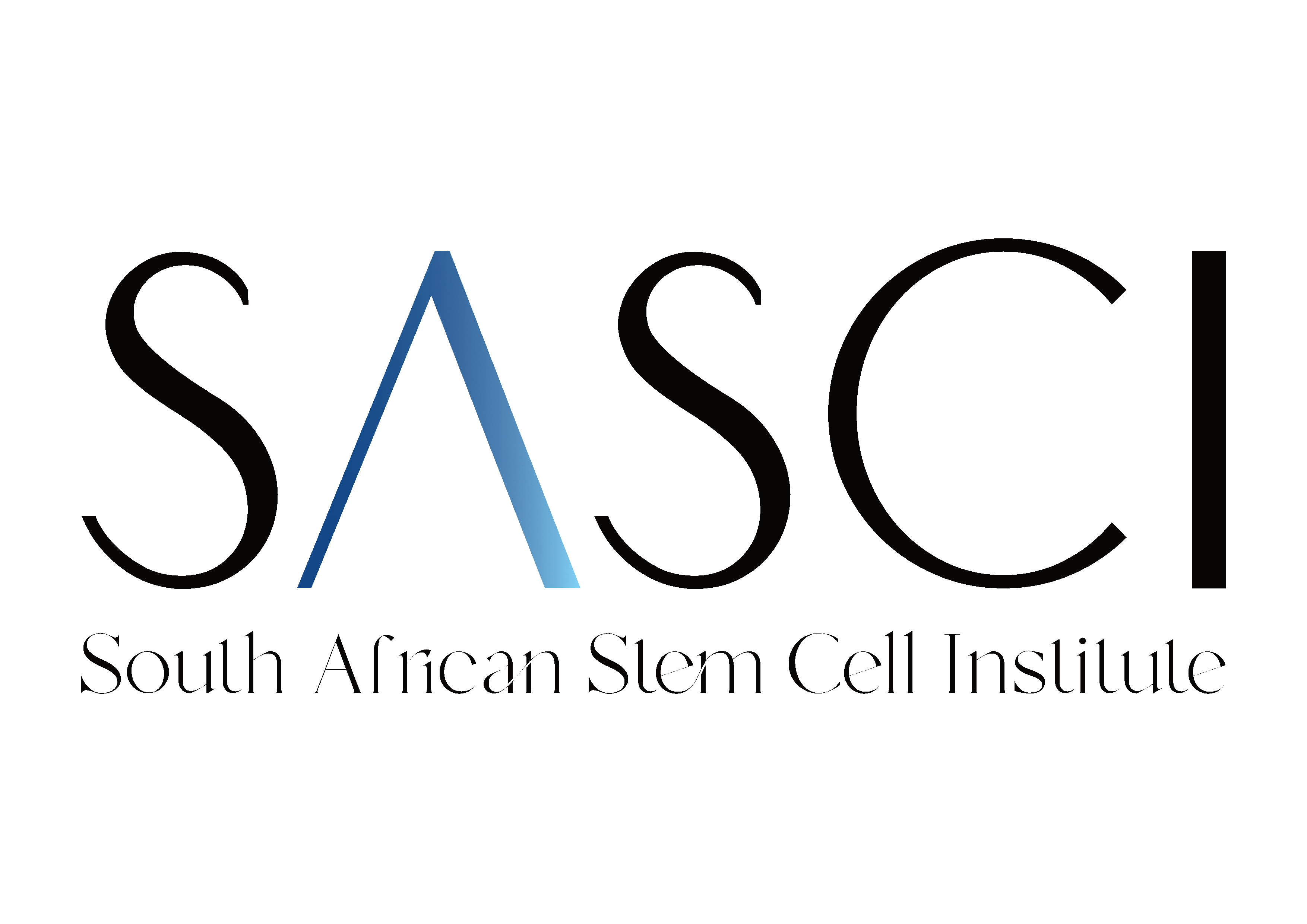EMBRYONIC STEM CELLS
Embryonic stem cells (ES cells) are obtained by extracting cells from the inner cell mass of very early embryos at the blastocyst stage (4-5 days post fertilisation). These cells are then grown in a laboratory where the necessary conditions are provided. Blastocysts produced as the result of in vitro fertilisation but were not utilised for implantation give a source for ES cells. In some countries, these unused blastocysts can be donated for medical research provided that the donors have provided consent to the use thereof.


ES cells possess two very unique properties. As these cells are obtained from early blastocysts, at a very early stage of development, they maintain the ability or “potency” to develop and differentiate into any one of the more than 200 cell types found throughout the human body. This is known as “pluripotency.”
The second essential characteristic these cells possess is their “immortality”. ES cells can divide indefinitely, remaining in an undifferentiated state. This means that unlimited quantities of genetically identical, pluripotent stem cells can be grown in a petri-dish for medical use.
Despite the advantages associated with ES cells in research, their use as a therapeutic tool remains obscure. Since the initiation of ES cell research in the 1980s, the ability to control the division of ES cells and the subsequent risk of tumour formation, inappropriate tissue growth and immune rejection still eludes scientists. Leading researchers still note that it will be long before ES cells can be used on patients safely and efficiently.
While research on the translation of ES cells from the lab to the clinical setting is ongoing, hundreds of studies have reported the advantages of implementing adult stem cells in cell therapies. However, it remains a matter of great importance that scientists and researchers pursue all areas of regenerative medicine to understand these cells’ full capabilities.
Various scientific reviews, debates and discussions have been launched regarding the ethics surrounding the use of ES cells in research. For further reading material please follow these links:
http://www.eurostemcell.org/factsheet/embyronic-stem-cell-research-ethical-dilemma
